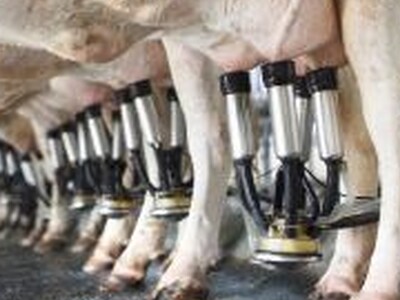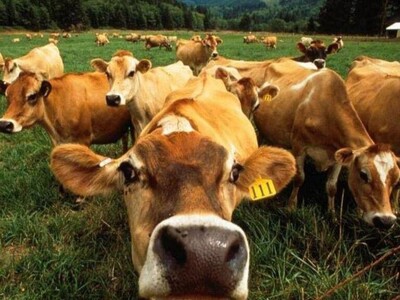Bow Tuning
Torquing the BowThis one usually gets skipped right out of the gate because it’s human nature to want to blame an external source for any issues we’re having. When a tuning issue shows up, we automatically think, it must be the bow…it’s certainly not the archer. Well, not always.
Before you adjust anything, make sure you’re not chasing your tail by trying to adjust around a technique issue. What’s the best way to determine that? Have a buddy shoot your bow through paper. Obviously, you can’t tune your bow to your buddy’s shot, but if you’re seeing a pretty nasty tear through your paper tuning efforts and then your buddy (without any adjustments to the bow) sends a bullet hole through that paper, it’s definitely time to reassess your technique.
Arrow Setup
Now, a perfectly tuned bow will shoot virtually any arrow decently, but a “close enough” bow will shoot the right arrows really well, and the wrong arrows will cause you nothing but headaches. Make sure your arrows are right for your particular setup. Now, this could be an article all to itself, but know that everything from your arrow spine, length, insert weight, broadhead weight, and even your fletchings and nock will work together to either enhance or deplete your accuracy.
Rest Position
Okay, at this point you’ve confirmed your technique and your arrows are not the problem. That’s progress. You’ve already isolated the issue to the bow itself. Let’s start with the stuff that’s easiest for the average non-bow-tech to adjust. The rest is the most common culprit and almost always requires a little bit of adjusting even after getting a basic paper-tune at your archery shop. The rest is one of those, “a little goes a long way,” pieces of equipment. So as you make adjustments, think in terms of 1/32” at a time.
Nock Point
The nock point is essentially the other side of the equation from the rest, and most directly affects vertical flight. In most cases, your bow shop would have already set/adjusted this when they first set up your bow.
Some bows seem to like a slightly high (maybe an eighth of an inch) nock point, so if you’ve dialed in your rest as much as possible and still have some high/low issues, you could move your nock point just a bit. Again, chasing the up or down with these very small adjustments.
Of course, doing so may create some slight cam timing issues, which brings us to the last common issue that may be causing you tuning headaches – cam issues.
Cam Problems
Cam timing and/or excessive cam lean can cause serious tuning issues that no amount of compensation from your rest or arrow configuration can fully solve. Obviously, this requires a bow press and some know-how, or at least the willingness to learn and endure some trial and error. The average archer will probably rely on a bow shop for this, which is why it’s at the end of this list.
That being said, ideally you’d already be fairly confident that this isn’t the problem since most of us leave the bow shop with these things set. But, the thing about the complex system of a compound bow is that once you start changing one thing, you often end up causing small changes to just about everything.















